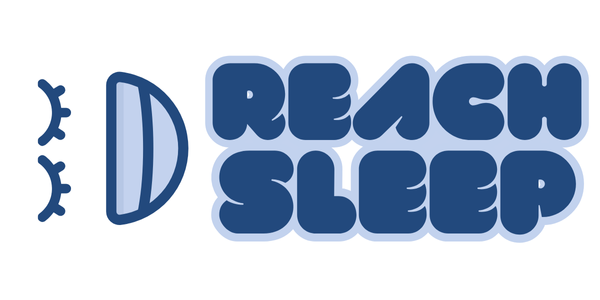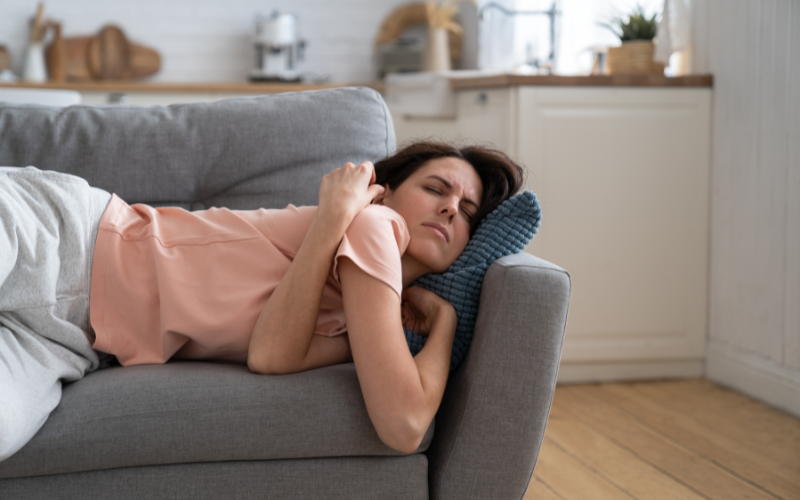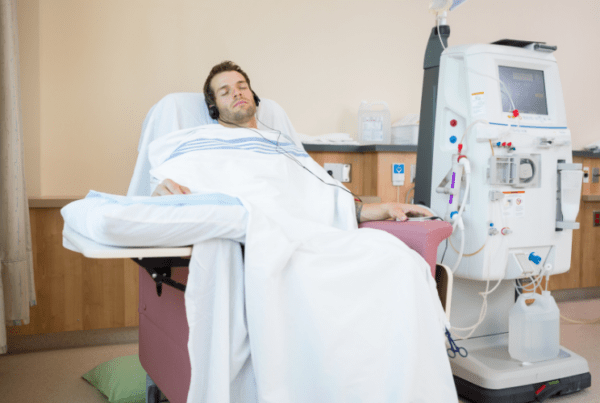Have you ever woken up tangled in your sheets or in a completely different position from where you started? The way you move during sleep—known as sleep motion—can play a big role in how well you rest and whether you snore. Understanding your nighttime movements can offer surprising insights into your sleep health.
What Is Sleep Motion?
Sleep motion refers to the way your body naturally shifts positions during the night. These movements can be subtle, like changing from your back to your side, or more active, such as restless tossing and turning. Most people change positions several times a night without even realizing it.
These movements are a normal part of the sleep cycle and help relieve pressure on muscles and joints. However, certain sleep positions and movements can directly affect your breathing patterns—and even trigger snoring.
How Sleep Position Affects Snoring
Your sleeping posture is one of the biggest influences on whether you snore:
- Back sleeping: When you lie on your back, gravity pulls your tongue and soft tissues toward the back of your throat. This can narrow the airway and increase the chances of snoring or even sleep apnea.
- Side sleeping: This is generally the best position to reduce snoring. Side sleeping helps keep your airway open and reduces pressure on the throat muscles.
- Stomach sleeping: This position may reduce snoring for some, but it’s not ideal long-term due to neck and spine strain.
If you tend to move into a back-sleeping position during the night—even if you start on your side—your risk of snoring can increase without you realizing it.
How Sleep Motion Affects Sleep Quality
Frequent or jerky movements during sleep can be a sign of fragmented sleep, meaning your body is not entering or maintaining deep, restorative sleep stages. Causes can include:
- Sleep apnea: The brain briefly wakes the body to resume breathing, which may trigger movement.
- Restless leg syndrome: An uncontrollable urge to move the legs, often disrupting sleep.
- Poor sleep environment: An uncomfortable mattress, temperature changes, or noise can lead to more tossing and turning.
Increased movement is often a symptom of poor sleep, and over time, it can reduce sleep quality and leave you feeling tired—even after a full night in bed.
Can Controlling Sleep Motion Help?
Yes—managing your sleep position and movement can significantly improve both snoring and sleep quality. Here are a few tips:
- Use positional aids: Special pillows or wedges can help keep you in a side-sleeping position throughout the night.
- Try an oral sleep appliance: These devices gently hold the lower jaw forward, keeping your airway open even if you roll onto your back.
- Track your movement: Wearable sleep trackers or smart mattresses can help you monitor how often—and when—you move at night.
- Improve sleep hygiene: A consistent sleep schedule, relaxing bedtime routine, and proper mattress can all reduce excessive movement.
Final Thoughts
Sleep motion is more than just tossing and turning—it’s a key part of how you breathe and rest at night. Frequent position changes can signal disrupted sleep, and back sleeping may be making your snoring worse. By becoming more aware of your movements and adjusting your sleep environment or habits, you can get better sleep—and quieter nights.




